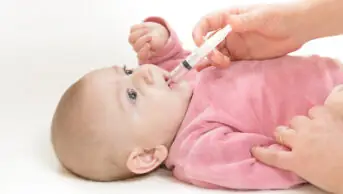
Shutterstock.com
Three EU agencies have again expressed concern over the impact of the use of antibiotics on the increase in antibiotic-resistant bacteria.
A report from the European Medicines Agency, the European Centre for Disease Prevention and Control, and the European Food Safety Authority has found more evidence on the link between antibiotic consumption and antibiotic resistance in both humans and food-producing animals.
The three agencies published a similar report in 2015, but they say this latest report contains “better-quality data [and] allowed for a more sophisticated analysis”.
Vytenis Andriukaitis, European commissioner for health and food safety, said: “To contain antibiotic resistance we need to fight on three fronts at the same time: human, animal and the environment. This is exactly what we are trying to achieve in the EU and globally with our recently launched EU action plan on antimicrobial resistance.
“This new report confirms the link between antibiotic consumption and antibiotic resistance in both humans and food-producing animals.”
The Joint Interagency Antimicrobial Consumption and Resistance Analysis (JIACRA) report highlighted important differences across the EU in the use of antibiotics in animals and humans. Reducing their unnecessary use would “have an impact on the occurrence of resistance”, the report found.
The JIACRA revealed that overall antibiotic use is higher in food-producing animals than in humans, but that the situation varies across countries and according to the antibiotics.
In particular, a class of antibiotics called polymyxins — which includes colistin — is used widely in the veterinary sector. It is also increasingly used in hospitals to treat multidrug-resistant infections.
Other antibiotics are more often used in humans than in animals. These include third- and fourth-generation cephalosporins and quinolones — antibiotics that are also considered critically important for human health, the report said.
The report noted that resistance to quinolones, used to treat salmonellosis and campylobacteriosis in humans, is associated with use of antibiotics in animals. The use of third- and fourth-generation cephalosporins for the treatment of infections caused by E. coli and other bacteria in humans is associated with resistance to these antibiotics in E. coli found in humans.
Compared with the first JIACRA report published in 2015, the number of countries reporting antimicrobial consumption data in this latest report increased in both humans (30, previously 28) and food-producing animals (29, previously 26).
Experts from the three agencies recommended further research to better understand how the use of antibiotics and resistance affect one another.


